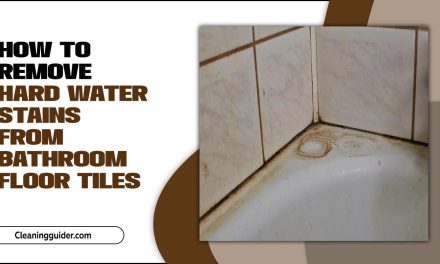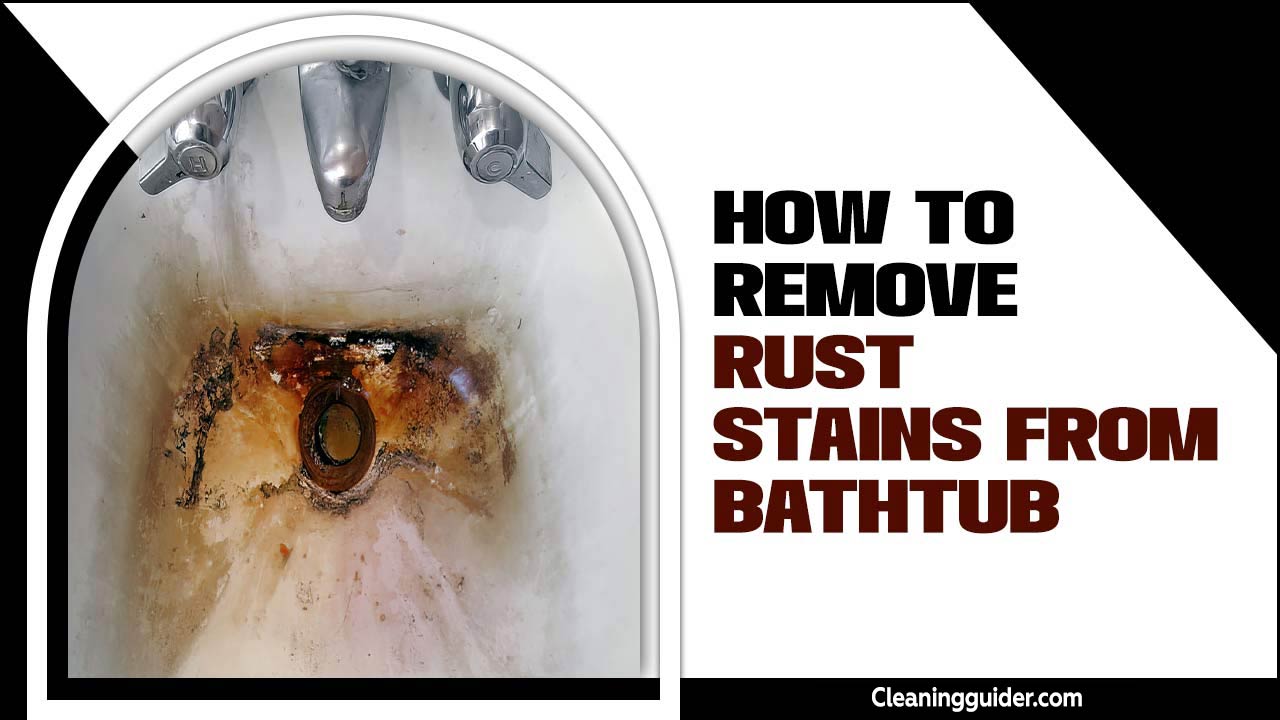Mold is a fungus that can easily thrive in warm and moist environments, making your shower curtain the perfect breeding ground. Not only can it cause an unpleasant odor, but it can also be harmful to your health if left unchecked.
If you have noticed black, green, or brown spots on your shower curtain, you may have a mold problem. While it may seem daunting, removing mold from your shower curtain is a straightforward process that can be done with a few simple steps.
We will provide you with a detailed step on how to remove mold from shower curtain. Whether you have a fabric or plastic curtain, our guide will help you eliminate mold and prevent it from returning. By following these steps, you can improve the appearance of your shower curtain and maintain a clean and healthy bathroom environment.
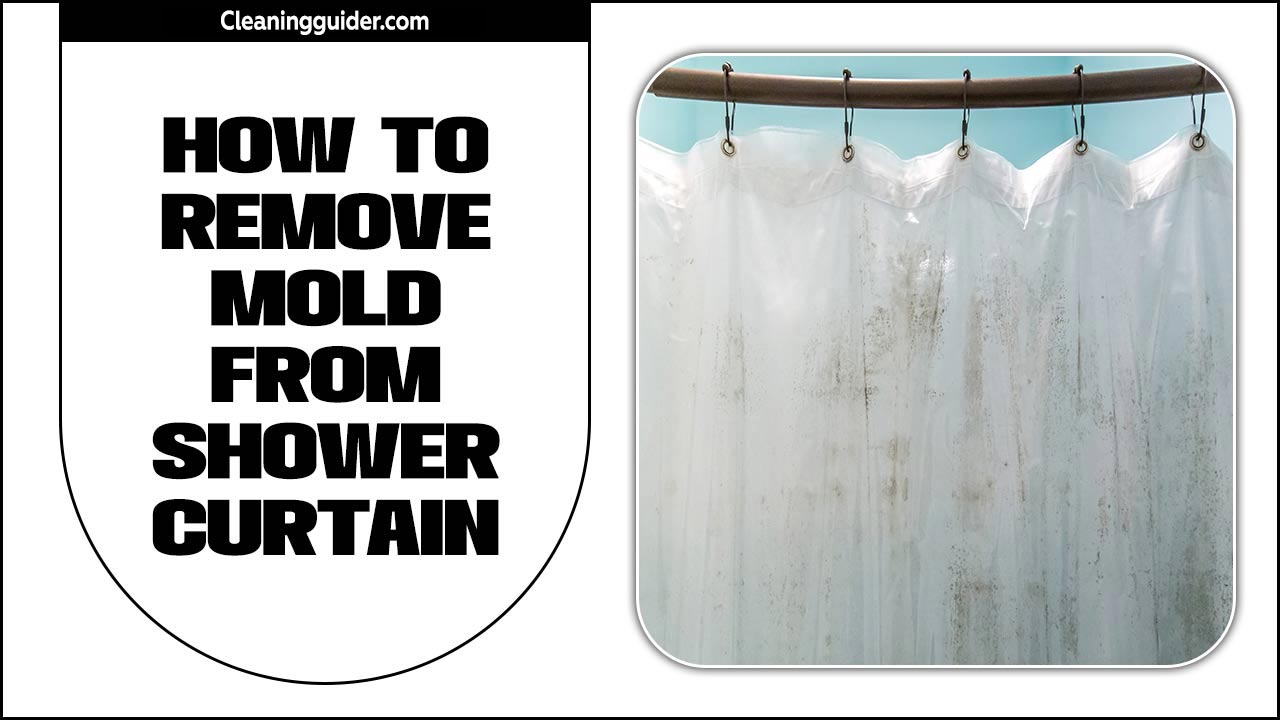
What Causes Mold And Mildew In Shower Curtains?

Mold and mildew are common problems in shower curtains, and various factors can cause them. Here are some of the main causes of mold and mildew in shower curtains:
- Excess Moisture: Shower curtains are constantly exposed to moisture, creating a damp environment ideal for mold and mildew growth.
- Poor Ventilation: If your bathroom lacks proper ventilation, it can contribute to the growth of mold and mildew on your shower curtain.
- Lack Of Cleaning: Failing to clean your shower curtain regularly can allow soap scum, dirt, and other organic matter to accumulate, providing a food source for mold and mildew.
- High Humidity Levels: Areas with high humidity levels are more prone to mold and mildew growth. This is especially true if you live in a humid climate or have a bathroom without good air circulation.
By understanding the causes of mold and mildew in shower curtains, you can take proactive steps to prevent their growth and keep your bathroom clean and healthy.
How To Remove Mold From Shower Curtain? – 8 Steps

Removing mold from a shower curtain can be daunting, but with the right steps, it can be done effectively. Following these steps, you can effectively remove mold from your shower curtain and keep your bathroom clean and healthy. Here are 8 steps to how to remove mold from shower curtain:
Step 1: Launder The Curtain
To begin the process of removing mold from your shower curtain, start by properly laundering it. By washing your shower curtain in the washing machine, you can effectively clean it and remove any mold present. Follow the appropriate laundering steps, using cold water and a gentle setting for fabric curtains or plastic liners.
Add a stain remover or cleaning solution to the wash cycle to ensure thorough cleaning. Once the cycle is complete, remove the curtain and inspect it for any remaining mold. If necessary, repeat the laundering process. Remember to air dry the curtain after washing to prevent any residue or germs.
Step 2: Use A Vinegar Solution
Harness the power of vinegar to eliminate mold from your shower curtain effectively. Opt for a natural and effective cleaning solution by using a vinegar solution. Safely and naturally remove mold from your shower curtain using this powerful ingredient. Vinegar is known for its stain-removing properties, making it ideal for combating mold.
Simply create a mixture of vinegar and cold water, and use an abrasive sponge to scrub the affected areas gently. Rinse the curtain thoroughly with cold water and let it air dry. The vinegar solution will remove mold and disinfect your shower curtain, leaving it fresh and clean.
Step 3: Try A Baking Soda Paste

Try using baking soda paste to eliminate mold from your shower curtain. This simple and powerful stain remover can work wonders in removing mold. Discover the cleaning power of a baking soda paste by applying it to the affected areas.
Gently scrub the paste into the fabric or plastic curtain using an abrasive sponge or a clean microfiber cloth. Once thoroughly cleaned, rinse the curtain with cold water and let it air dry. The good news is that this method is safe for both fabric curtains and plastic liners. So, give it a try and say goodbye to mold on your shower curtain.
Step 4: Use Bleach Or Hydrogen Peroxide
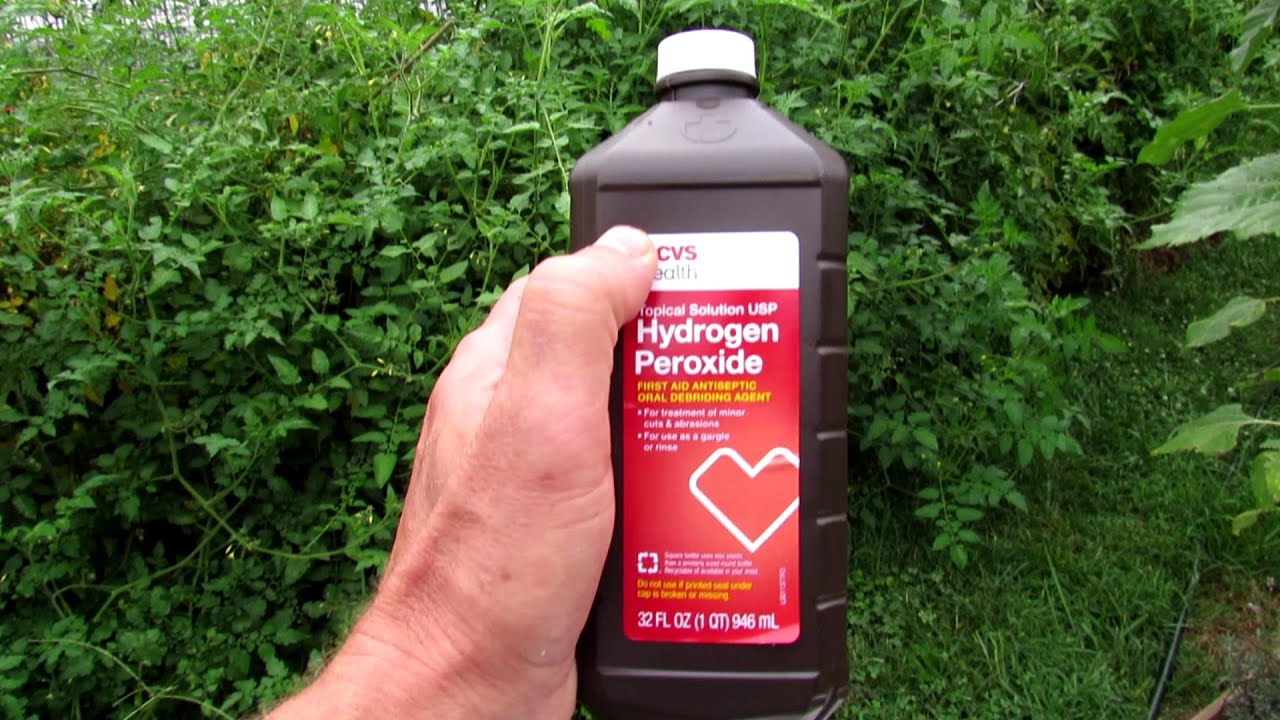
Consider using bleach or hydrogen peroxide to eliminate mold from your shower curtain effectively. These powerful stain removers are known for tackling tough mold and mildew. Simply apply the cleaning solution to the affected areas of your curtain and let it sit for a few minutes.
Then, rinse the curtain thoroughly with cold water, removing all traces of the cleaning solution. For best results, following up with a gentle wash in the washing machine using a delicate or gentle setting is recommended. This will help to ensure that all germs and residue are completely eliminated. Always check the care label on your curtain before using bleach or hydrogen peroxide.
Step 5: Try A Commercial Cleaner
Consider using a specialized commercial cleaner to remove mold from your shower curtain. Opting for a quality commercial cleaner can make the mold removal process easier and more efficient. These cleaners are designed to tackle mold on shower curtains, ensuring you get the best results.
Not only do they help eliminate mold, but they also offer the convenience of a ready-to-use solution. You can say goodbye to mold with the right commercial cleaner and enjoy a clean, fresh shower curtain. Discover the benefits of using a commercial cleaner for removing mold from your shower curtain.
Step 6: Air Dry The Curtain

To ensure a mold-free shower curtain, it’s important to properly air dry it after cleaning. Allowing your shower curtain to air dry thoroughly is key for effective mold prevention. By fully air drying the curtain, you can prevent mold growth and avoid future issues.
It’s a necessary step in promoting a clean and mold-free shower curtain. So remember, after cleaning, take the time to let your shower curtain air dry completely. This will help maintain its cleanliness and prevent any potential mold problems.
Step 7: Vacuum The Curtain
Use a vacuum cleaner to remove any remaining mold spores from your shower curtain. By taking the extra step of vacuuming, you can ensure a thorough removal of mold. This will enhance the effectiveness of the mold removal process and eliminate any lingering mold spores on your curtain.
Vacuuming your shower curtain is essential to mold removal, completing the overall cleaning and prevention steps. Using a vacuum cleaner can eliminate mold and maintain a clean and healthy shower environment.
Step 8: Prevent Future Mold Growth
To prevent future mold growth on your shower curtain, it’s crucial to implement preventive measures and take proactive steps. Follow a regular cleaning schedule and rinse your shower curtain with cold water after each use. Use a stain remover or a mild cleaning solution to remove any residue.
Check the care label for specific washing instructions if you have a fabric curtain. For plastic curtains, wipe them down with a clean microfiber cloth and a disinfectant. Consider using plastic liners or shower curtain rings to keep your curtain dry. Adopting these preventive strategies allows you to maintain a mold-free shower curtain in the long run.
Tips For Keeping Your Shower Curtain Clean
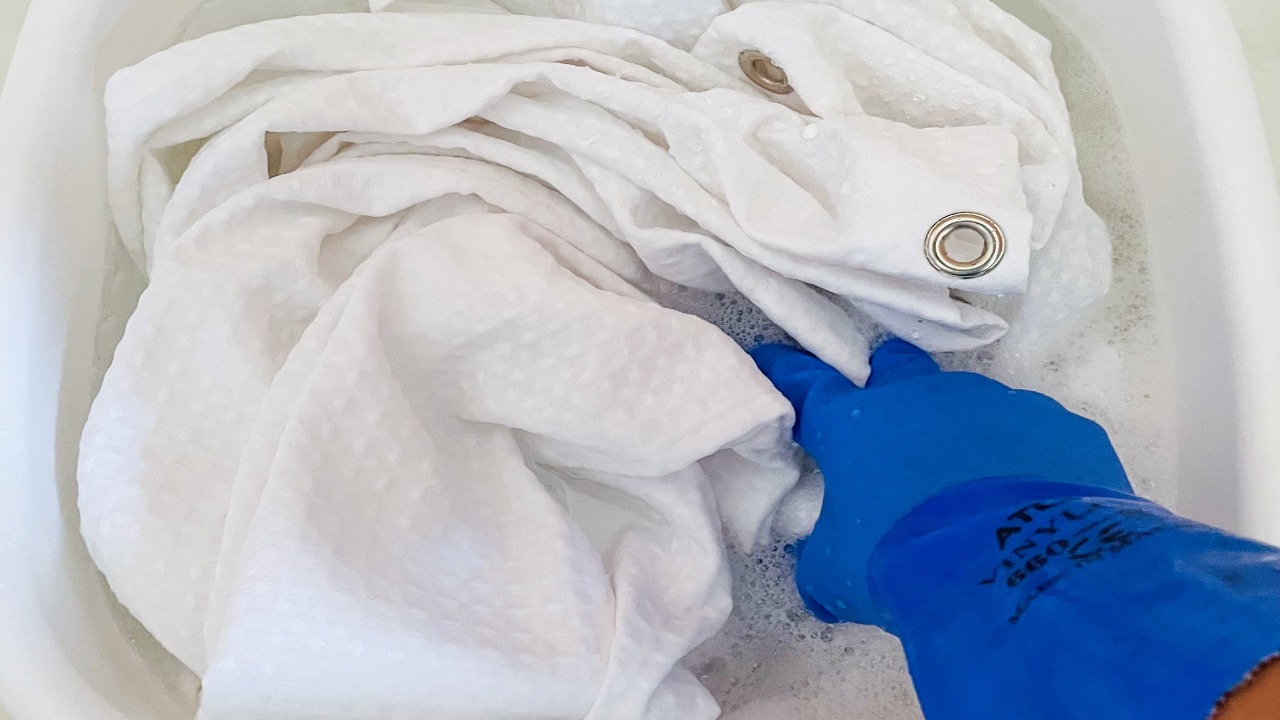
Keeping your shower curtain clean is essential for preventing mold growth and maintaining a fresh and hygienic bathroom. Following these tips, you can maintain a clean, mold-free shower curtain, ensuring a healthier and more enjoyable bathing experience. Here are some tips to help you keep your shower curtain free from mold:
- Regularly Wash Your Shower Curtain: Most can be machine washed, so it’s important to do this regularly. Follow the manufacturer’s instructions for the best results.
- Use A Mildew-Resistant Shower Curtain Liner: A liner can provide extra protection against mold and mildew. Look for one that is specifically labeled as mildew-resistant.
- Keep The Bathroom Well-Ventilated: Moisture is a breeding ground for mold, so it’s important to keep it well-ventilated. Open windows or use a fan to circulate air and reduce humidity levels.
- Dry The Shower Curtain After Each Use: After a shower, spread out the curtain fully to allow it to dry completely. This will help prevent moisture buildup and discourage mold growth.
- Clean With Natural Solutions: If you notice any signs of mold or mildew on your shower curtain, you can use natural solutions like vinegar or hydrogen peroxide. These ingredients have antimicrobial properties that can help kill mold spores.
Conclusion
Follow a few simple tips to maintain a clean and mold-free shower curtain. After every shower, open the bathroom window or turn on the exhaust fan to reduce moisture. Shake off any excess water from the curtain and leave it to air dry. Avoid leaving wet towels or clothes in the bathroom, as they can contribute to moisture buildup.
Regularly clean the curtain by following the steps mentioned earlier. consider using a mold-resistant shower curtain or liner to prevent future mold growth. By implementing these tips and regularly cleaning your shower curtain, you can ensure a clean and hygienic bathroom environment. We hope you now understand how to remove mold from shower curtain.
Frequently Asked Questions
1.How Do You Get Black Mold Off A Fabric Shower Curtain?
Ans: To remove black mold from a fabric shower curtain, create a vinegar solution by combining white vinegar and water in a spray bottle. Spray the affected curtain areas with the solution and let it sit for at least 30 minutes before rinsing with water. For tougher stains, you can add baking soda to the vinegar solution.
2.Will Vinegar Remove Mold From Shower Curtain?
Ans: Vinegar is an effective solution for removing mold from shower curtains. Create a mixture of equal parts water and vinegar, soak the curtain for an hour, scrub the affected areas, rinse with water, and air dry completely.
3.Can You Clean Mold Off Plastic Shower Curtain?
Ans: Yes, mold can be cleaned off a plastic shower curtain. Mix equal water and vinegar in a spray bottle, then spray the solution onto the moldy areas. Scrub the mold with a brush or sponge, rinse with warm water, and hang the curtain to air dry completely before using it again.
4.How Do You Clean A Moldy Shower Curtain Liner?
Ans: Remove a moldy shower curtain liner from the shower and soak it in a mixture of white vinegar and hot water for an hour. Scrub off any remaining mold with a brush or sponge and rinse thoroughly. Hang the liner back up to dry completely before using it again. Prevent future mold growth by keeping the shower area well-ventilated and avoiding wet towels or clothes inside.
5.What Causes Mold On A Shower Curtain?
Ans: Mold on a shower curtain is often caused by moisture accumulation and poor ventilation. The warm and damp environment of the shower provides the ideal conditions for mold growth. Using a shower curtain liner and regularly cleaning and drying the curtain can help prevent mold from forming.

